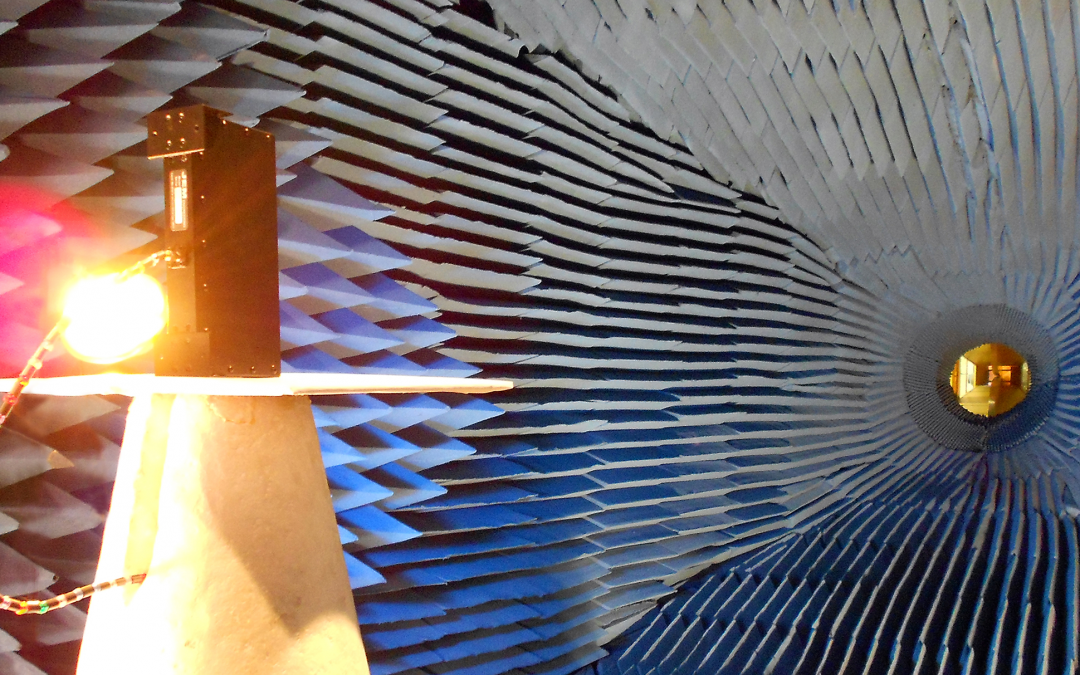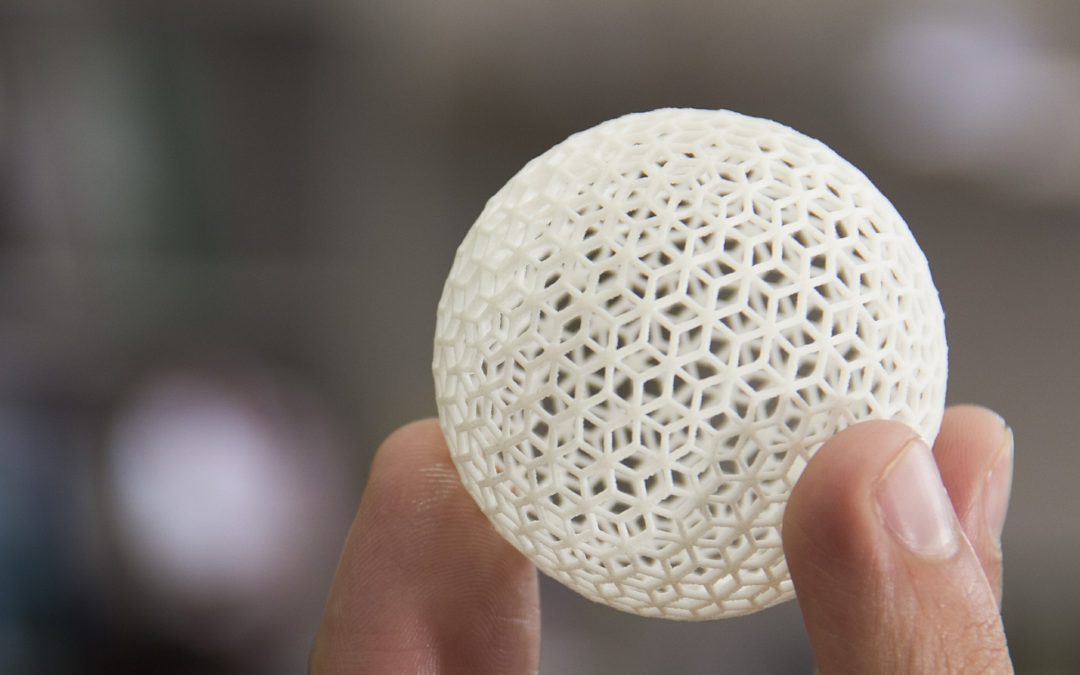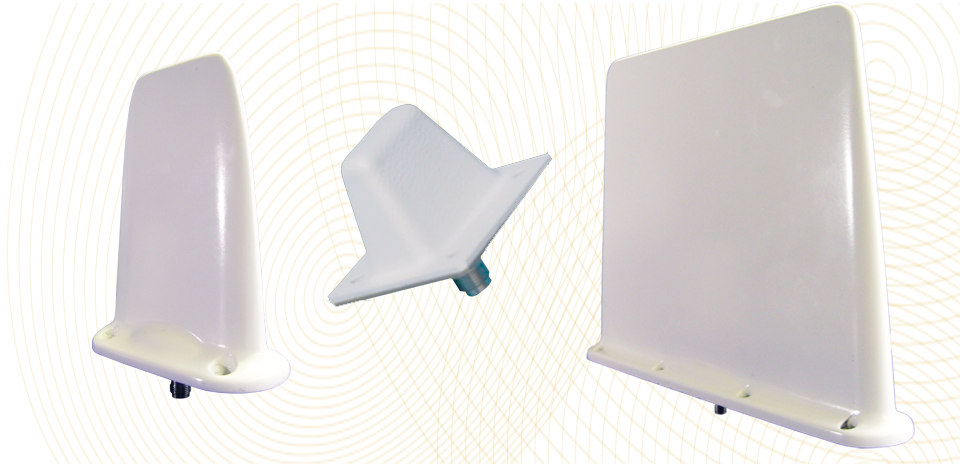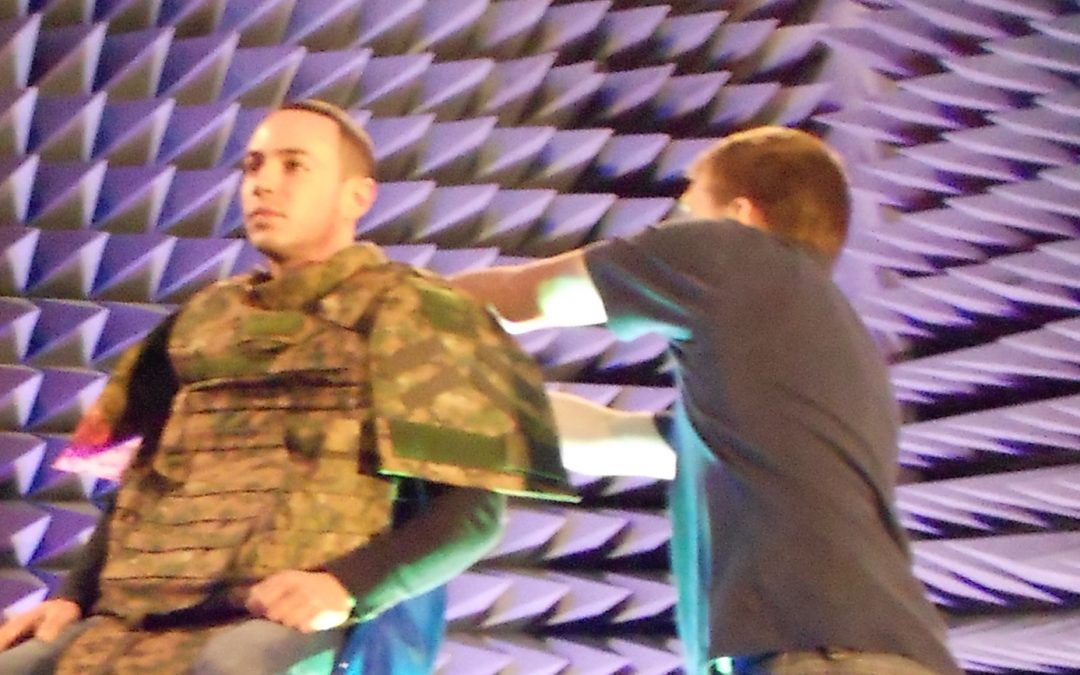10 Factors that Affect Antenna Performance
April 2024
As an antenna company that not only designs and manufactures cutting-edge antenna products, as well as custom designs for our clients, we specialize in making sure that our finished products are fully-functional and “up to spec.”
Additionally, one of our in-house capabilities is radiofrequency testing, where we measure a number of different antenna performance factors in a controlled environment. Naturally, we get a lot of inquiries regarding antenna performance in various settings, one of them being, “how far will the antenna propagate?” In this post, we describe some of the many factors that affect antenna performance.
1. Physical obstructions such as buildings, trees, and terrain can block or reflect radio waves, leading to signal loss, distortion, or interference.
Just like when there’s an accident on the road extending your commute, a physical obstruction can get in the way of a radiofrequency signal. Their effect on signals depend on their size, material, as well as position relative to the signal path. For example, large obstructions can block signals completely, creating a “shadow” behind the obstruction where the signal is significantly attenuated (reduced in strength) or absent, whereas signals can be scattered by irregular surfaces or objects, causing the signal to be dispersed in different directions. We’ll elaborate on this in a later post.
2. Weather Conditions such as rain, snow, fog, and atmospheric conditions can affect the propagation of radio waves, leading to signal attenuation or distortion.
For more detail, read How do Seasonal Changes Affect Antenna Performance?
3. Multipath interference occurs when signals arrive at the antenna from multiple paths, causing signal distortion and reduced signal quality.
An example of multipath interference is the phenomenon that occurs when you’re watching network television, and experience pixelation or dropouts in the TV picture. This happens because the signal is affected by reflections off buildings or other large objects, causing the TV signal to arrive at your antenna or receiver from multiple paths, with slight delays between the signals, causing them to interfere with each other.

4. Electromagnetic Interference (EMI) can interfere with the antenna’s ability to receive or transmit signals effectively.
EMI refers to the interference caused by electromagnetic radiation emitted from electronic devices or other sources. This interference can disrupt the operation of nearby electronic devices, including antennas, by introducing noise or disrupting the signal.
You may remember that several years ago (when speakers and phones were made with components different from today), when you placed a cellphone near a computer speaker, you would hear a buzzing noise coming from the speaker right before you received a call. This buzzing noise was caused by the electromagnetic radiation emitted by the phone, which was picked up by the speaker’s circuitry and converted into an audible sound, thus interfering with the audio signal.
5. Related to EMI, frequency interference can also impede antenna performance.
“Frequency interference” specifically refers to interference caused by signals that are transmitted at the same frequency as the desired signal. This can occur when multiple devices or transmitters operate on the same frequency, leading to interference and reduced signal quality.
An example of frequency interference is when two radio stations broadcast on the same frequency in close proximity. If you’re listening to one station, you might hear interference from the other station, causing overlapping audio or distortion. This interference occurs because the receiver is unable to distinguish between the two signals.
Jamming antennas, or simply “jammers” are devices specifically designed to emit signals that interfere with or block the normal functioning of wireless commutations. Read An Introduction to Jammers to learn more.
6. The orientation of the antenna relative to the transmitter or receiver can affect signal strength and quality.
Antennas are designed to radiate or receive signals most effectively in certain directions. By orienting the antenna according to it’s polarization, you can maximize the signal strength in the desired direction and minimize it in unwanted directions. The antenna’s orientation determines its beamwidth (the angular width of the main lobe of the radiation pattern). Adjusting the orientation also changes the antenna’s coverage area.
Additionally, matching the polarization of the transmitting and receiving antennas can improve the signal reception and transmission efficiency. This is similar to how, if you’re talking to somebody, it’s easier for you to communicate when you two are facing each other, versus if one of you were facing off to the side.
7. Extreme temperatures can affect the performance of antenna materials and components, leading to changes in antenna characteristics.
Basically, like all electronics, antennas are inherently designed to have a threshold of how much heat or cold it can withstand. One of the criteria JEM Engineering’s testing partners can test for, in order to validate an antenna, is the temperature effects on the components. Learn more about qualification testing on our Custom Development Page.

8. Poor quality or unstable power supply can affect the performance of active antennas, such as amplifiers or active phased array antennas.
A bad power supply can have various negative effects on an active antenna, ranging from signal loss, to overheating, to permanent damage to the hardware. It’s essential to ensure that the power supply to an active antenna is reliable and provides the correct voltage and current to avoid these issues.
9. Environmental factors such as humidity, dust, and pollution can affect the antenna’s performance over time.
Besides causing signal attenuation it humidity can also accelerate corrosion within the antenna. It can also affect the dielectric properties of antenna components, leading to increased dielectric absorption losses, which also means reduced signal strength. Dust and pollution can also accumulate on the surface of the antenna, which affect its electrical properties, in addition to creating electromagnetic interference.
10. Lastly, the quality of the antenna installation, including mounting, grounding, and cable connections, can affect the antenna’s performance, as well.
The idea behind this is a combination of several factors mentioned previously. As mentioned earlier, the orientation of the antenna is critical for optimal performance. If the antenna is not correctly aligned, it may not radiate or receive signals effectively. That being said, the height of the antenna can also impact its performance, because, as we also mentioned earlier, obstructions can imped performance. The better the line of sight, the better the performance. And of course, if the antenna is installed without proper weather protection, it can be severely damaged.
Apart from risking instability, improper grounding can lead to interference and signal degradation. Correctly grounding an antenna can help reduce electrical noise picked up by the antenna. Grounding provides a path to ground for unwanted electrical signals, which improves the signal-to-noise ratio and overall performance of the antenna system.
When we make antennas, we consider all of the factors within our control. This includes ensuring that they’re designed to withstand certain environmental factors, as well as a reasonable amount of shock and vibration, depending on their intended application.
Latest Posts

Which Testing Chamber? TATF vs. SNF
JEM Engineering boasts two antenna testing chambers at our facility in Laurel, MD, within easy reach of both Baltimore and Washington DC.

STEM with JEM
Did you know that National STEM Day falls on the 8th of November each year? That’s because the abbreviation “NOV8” actually stands for “INNOVATE.”

Reshaping Antenna Design with 3D Printing
As we discussed in a previous post, before we can manufacture, we must prototype. For this step in the process, we are beginning to explore additive manufacturing, or as it’s more commonly known, 3D printing.

An Overview of Unmanned Aerial Vehicles — and their Antennas
An unmanned aerial vehicle, or UAV, refer to a vehicle that is able to fly remotely, either with some sort of controller or autonomously. An unmanned aircraft system, or UAS, includes not only the UAV, itself but also the person on the ground controlling the flight, as well as the system in place that connects the two of them.

An Introduction to RF Testing
RF testing is used to measure a variety of different antenna attributes. In this post, we discus a few ways in which rf testing can help determine if your device is performing the way it should.

Antenna 101: Types & Applications
In this article, we take a look at some of the different antenna types, and what applications they can be used for.

Why I Chose a Career in STEM
In celebration of STEM Day (November 8) we asked our CEO, Nancy Lilly, and our Director of Antenna Development, Victor Sanchez, why they decided to pursue a career in STEM, and this is what they said…
